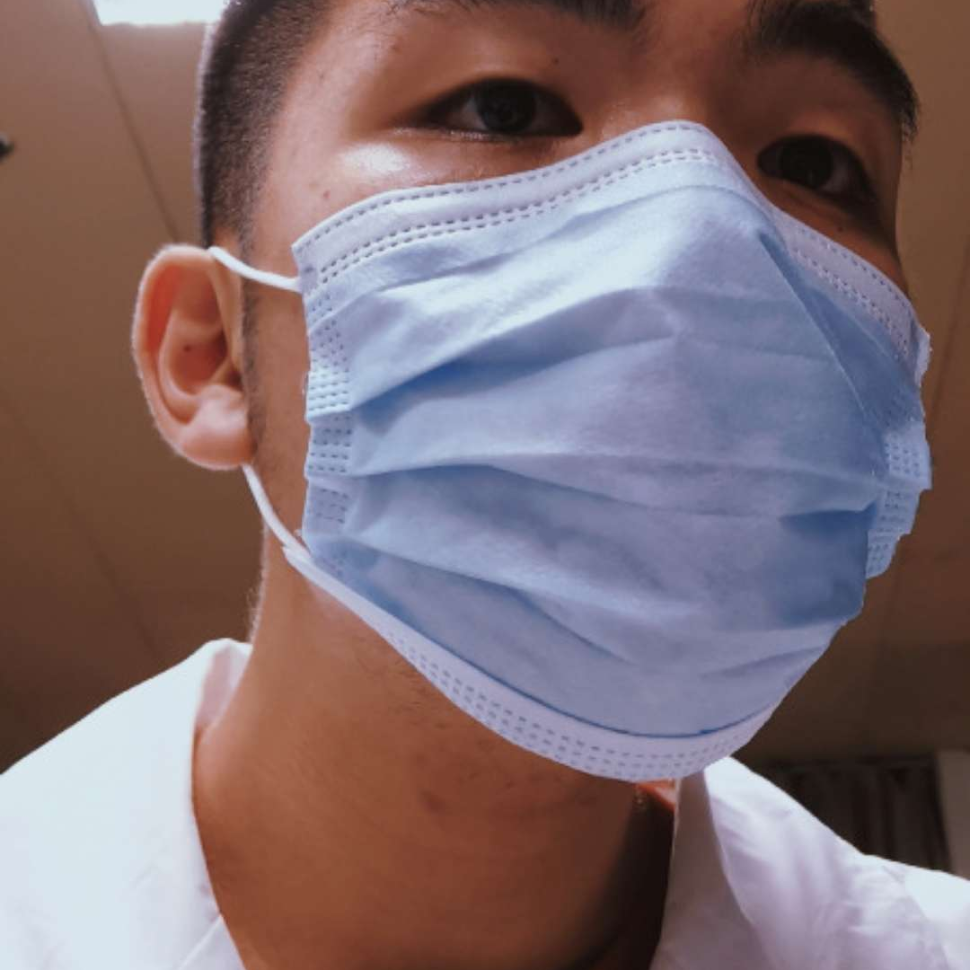Sep 28, 2022
Ligation
- 1Shenzhen Polytechnic
- 2020 IGEM Shenzhen Polytechnic China

Protocol Citation: Lizhen Zhu 2022. Ligation. protocols.io https://dx.doi.org/10.17504/protocols.io.bm34k8qw
Manuscript citation:
lizhen,ruixin,start use this ways
License: This is an open access protocol distributed under the terms of the Creative Commons Attribution License, which permits unrestricted use, distribution, and reproduction in any medium, provided the original author and source are credited
Protocol status: Working
We use this protocol and it's working
Created: October 07, 2020
Last Modified: September 28, 2022
Protocol Integer ID: 42844
Abstract
Method of plasmid construction connection (T4 DNA ligase)
Guidelines
teacher ZHANG
Materials
MATERIALS
T4 DNA Ligase, 500uPromegaCatalog #M1804
T4 DNA Ligase BufferThermo FisherCatalog #46300018
system
system
1.5 µL VECTOR DNA
4.5 µL Insert DNA
0.5 µL T4 DNA ligase
2 µL 5X T4 DNA Ligase Buffer
12.5 µL ddH2O
step1
step1
Set up a system as required, all operations on ice Mix ligation system with 100µL of competent and ice bath for at least 30min (thorough contact of DNA and cell, enabling DNA to get inside cell walls)
step2
step2
42˚C heat shock for 90s (competent cell swell under high temperature, cell membrane and cell wall fully contact, enabling DNA to flow inside the cell)
Ice bath for 5min (Cell shrinks and DNA is dragged through the cell membrane)
step3
step3
Pipette 200µL of full nutrient culture (in clean bench), place in a shaker at 37˚C for 1h
Spread the entire sample on the plate, observe after 16h~20h
